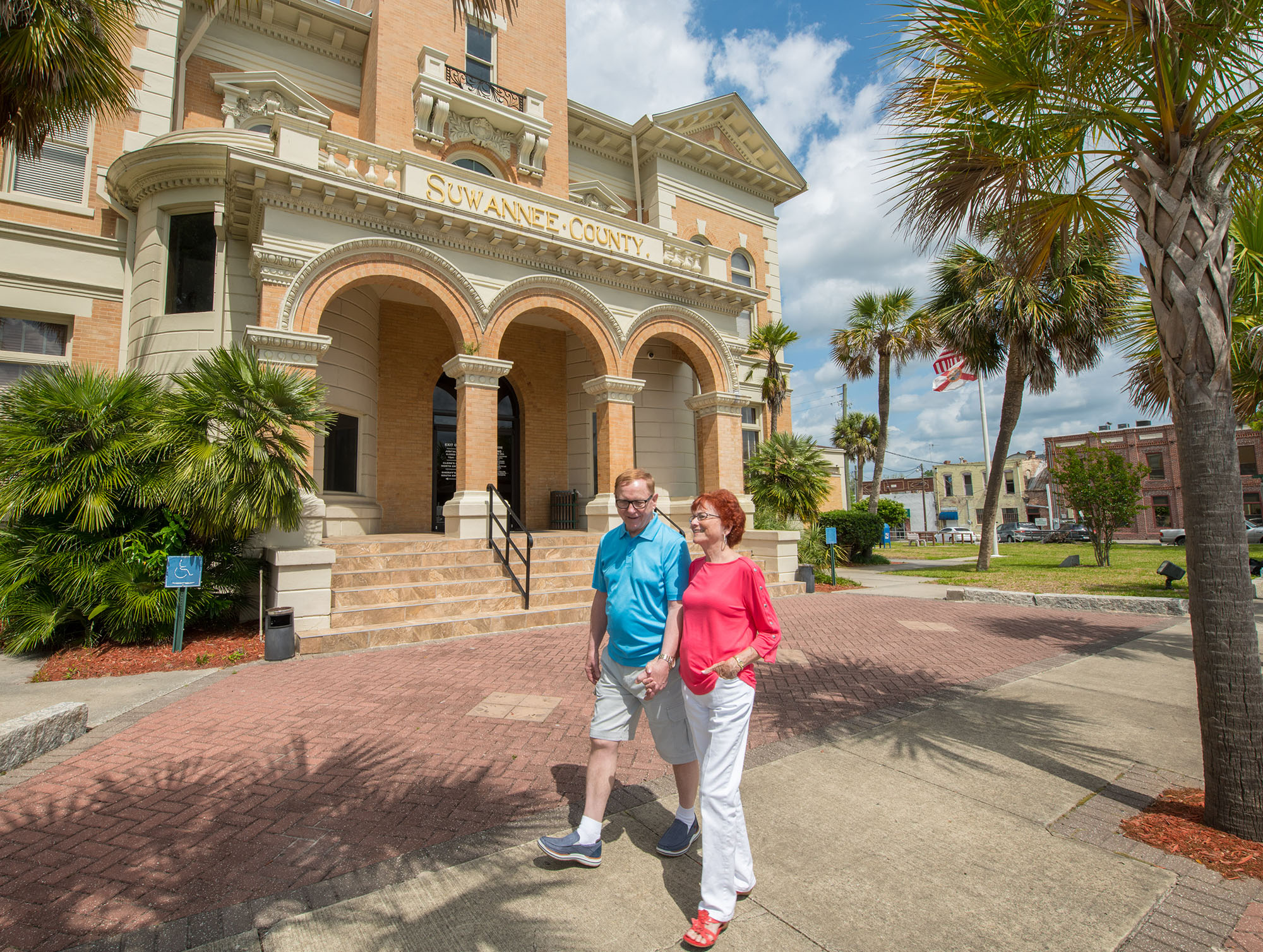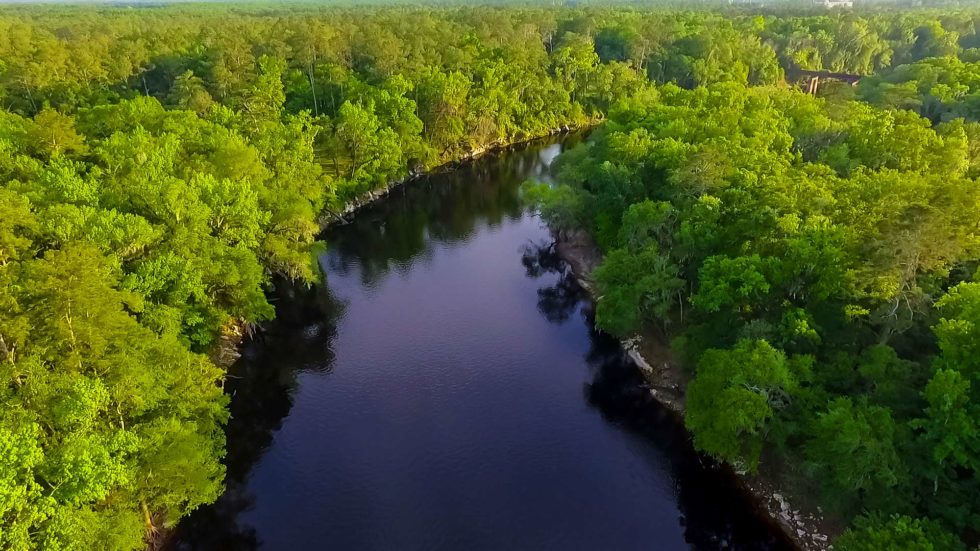
Suwannee County Territorial History
Territorial History 1763-1842: British, Spanish, & Seminoles
Despite new settlers coming into Florida after 1763, Suwannee County remained a frontier, with the Seminole tribe being the only human inhabitants. The Seminole were a conglomeration of several Native American tribes that gradually moved into Florida during the Eighteenth Century, including the Yamasee, Upper and Lower Creek, and others. Runaway African-American slaves were also incorporated into the tribe.
Great Britain ruled Florida for twenty years, from 1763-1783. During that time, little settlement occurred in Suwannee County. However, in 1774, American-born British naturalist William Bartram traveled along the Suwannee River during his multi-year journey across the Southeast. He claimed that the Suwannee River was the most beautiful he had seen in his travels. So detailed was Bartram’s one and only published work that it is still a classic in natural history, more than two hundred years after it was first published.

The British returned Florida to Spain in 1783 after the American Revolution, having done little with the territory over the previous twenty years. The Spanish, reeling from years of war, did little more with the territory other than open it up to settlers of various countries. In 1818, the death of American settlers from Seminole attacks caused an army under General Andrew Jackson to march into Florida, beginning what is normally called the First Seminole War. Jackson and his men destroyed Seminole villages from Apalachicola to the Suwannee River, then returned home.
In 1821, Florida became a United States territory, with General Andrew Jackson as its first military governor. Two counties were formed, Escambia in the west and St. Johns in the east, with the Suwannee River forming the dividing line. After Florida became a territory, roads were constructed to guard against the Seminoles. One of the roads followed the old Spanish Camino Real between Pensacola and St. Augustine and became the first Federal highway in Florida. The portion from Tallahassee to St. Augustine was constructed by John Bellamy and crossed through the southern portion of Suwannee County.
The region in and around Suwannee County slowly became the home of various settlers, many of Scottish descent that moved from the Carolinas. By the mid-1830s, several dozen families called the area home. Their lives were thrown into turmoil during the Second Seminole War of 1835-1842, which saw most of the men serving in the military or militia, and many of the women and children fleeing to fortified positions for protection. Those that survived Seminole massacres, death, and disease returned home from the war in 1842 to rebuild their lives.


